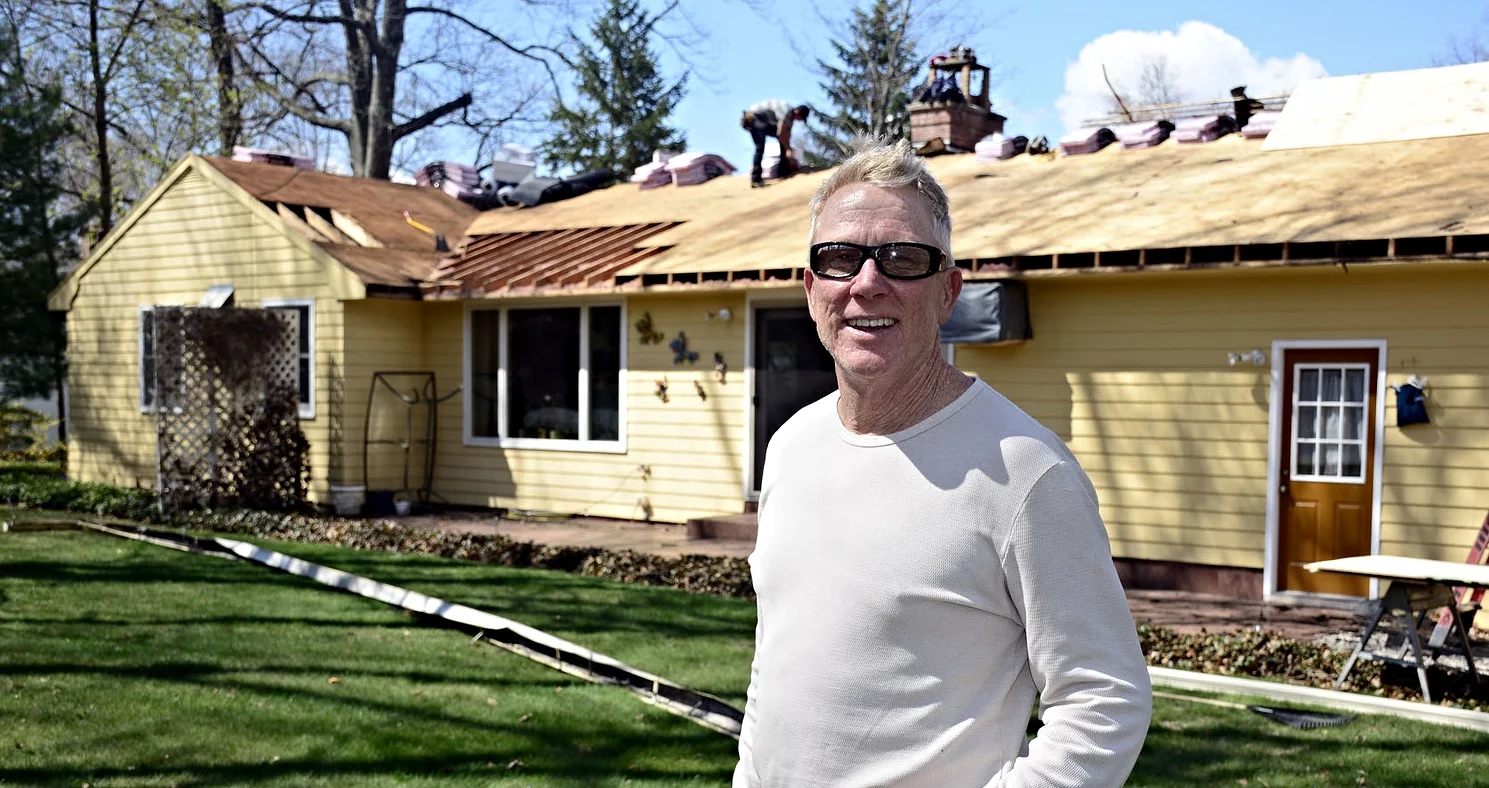Stop Letting Your Attic Hatchway Leak Heat
Chelsea O'Donnell
Stop Letting Your Attic Hatchway Leak Heat
If you’re like most homeowners, the attic isn’t exactly a hot hangout spot. It’s storage territory for holiday decorations, travel luggage, and memory-adorned momentos that you can’t bring yourself to part with. Because we don’t venture up there much, we tend to forget the attic is one of the most extreme environments in the home. It bakes in the summer, freezes in the winter, and if the attic hatchway isn’t properly sealed, it can leak energy and money every single day of the year.
Here’s a scene I’ve encountered more times than I can count: I climb into an attic in the middle of winter and notice tiny icicles forming on the ends of roofing nails. Those nails extend through the roof deck, and when warm indoor air rises into a cold attic, the moisture in that air condenses and freezes on the coldest surfaces. It may look like a winter wonderland up there, but trust me, it’s not festive. That condensation can melt and refreeze, and over time it leads to mold, wood rot, and structural problems that are much more expensive than a simple insulation fix.
So why is your attic turning into a climate disaster zone? Many homes in Connecticut, especially older ones, lack proper insulation and ventilation. Decades ago, builders didn’t give much thought to energy efficiency. They assumed heat was cheap and drafty houses were just the way things were. Today, we know better. Adequate insulation keeps conditioned air inside your living spaces where it belongs, while ventilation helps regulate the attic temperature and remove moisture. When those two systems are lacking, your attic becomes the gateway for your heating and cooling to escape straight outside.
And the biggest culprit? The attic entryway.
Homeowners are great at sealing windows, adding storm doors, and plugging up drafty gaps around the house. But the attic hatch? That one gets ignored despite being one of the thinnest and least insulated surfaces in the entire house. A piece of plywood sitting on top of drywall can’t compete with a properly insulated ceiling. Even with weatherstripping around the edges, heat will pass right through it like a kid through a cookie jar.
Whole-house fans share the same issue. They’re terrific for ventilation in the warmer months, but when winter rolls around, that giant fan opening is basically a hole in your ceiling unless it’s insulated properly.
This is why we so often recommend adding an insulated attic cover or box. Think of it like a puffy winter jacket for that vulnerable hatchway. The covers we install are made from thick, durable insulation that’s designed specifically to withstand those attic temperatures. Once in place, the cover creates a sealed barrier that stops heat from sneaking past the stair frame. When you pull the stairs down, you simply lift the cover out of the way. No wrestling, no complications, and no impact on attic access.
Beyond comfort, let’s talk numbers. Heating and cooling account for the majority of a home’s energy bill. If warm air is drifting away through the attic hatch, your system has to work harder and run longer to keep the house comfortable. Adding an insulated cover is a small, affordable improvement that pays for itself in energy savings and protects your home from expensive moisture damage.
It also makes a difference you can feel. Homeowners often tell us rooms near the attic, especially upstairs bedrooms, stay more comfortable and consistent in temperature after the upgrade. No more drafty hallways. No more cold spots near the attic stairs. Just a home that performs the way it should.
If you’re planning improvements this season or simply want to make your home more energy-smart, have a professional check your insulation and ventilation. Boosting insulation levels and sealing the attic access is a one-two punch that delivers major results. Your HVAC system will thank you, and so will your wallet.
Bob O’Donnell is the owner of O’Donnell Bros. Inc., a Bristol-based home improvement company established in 1975. Email your questions for Bob to info@odonnellbros.com with the subject line “Ask the Pro.” All questions may be considered for publication. To contact Bob for your remodeling needs, call O’Donnell Bros. Inc. at (860) 589-5155 or visit www.odonnellbros.com. Advice is for guidance only.
